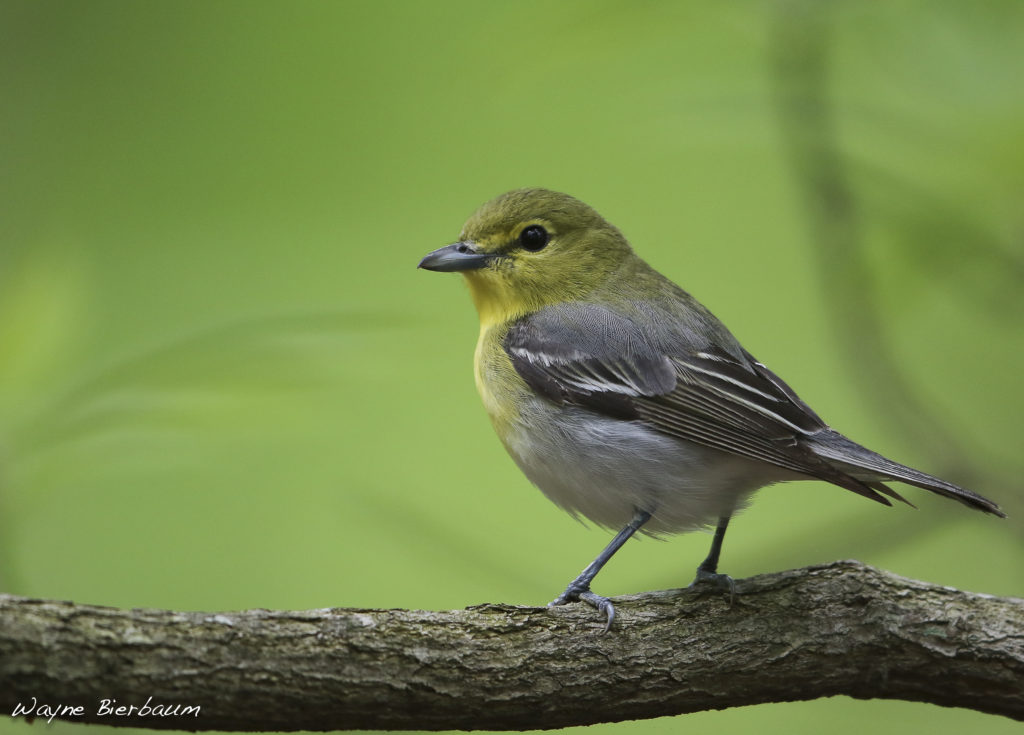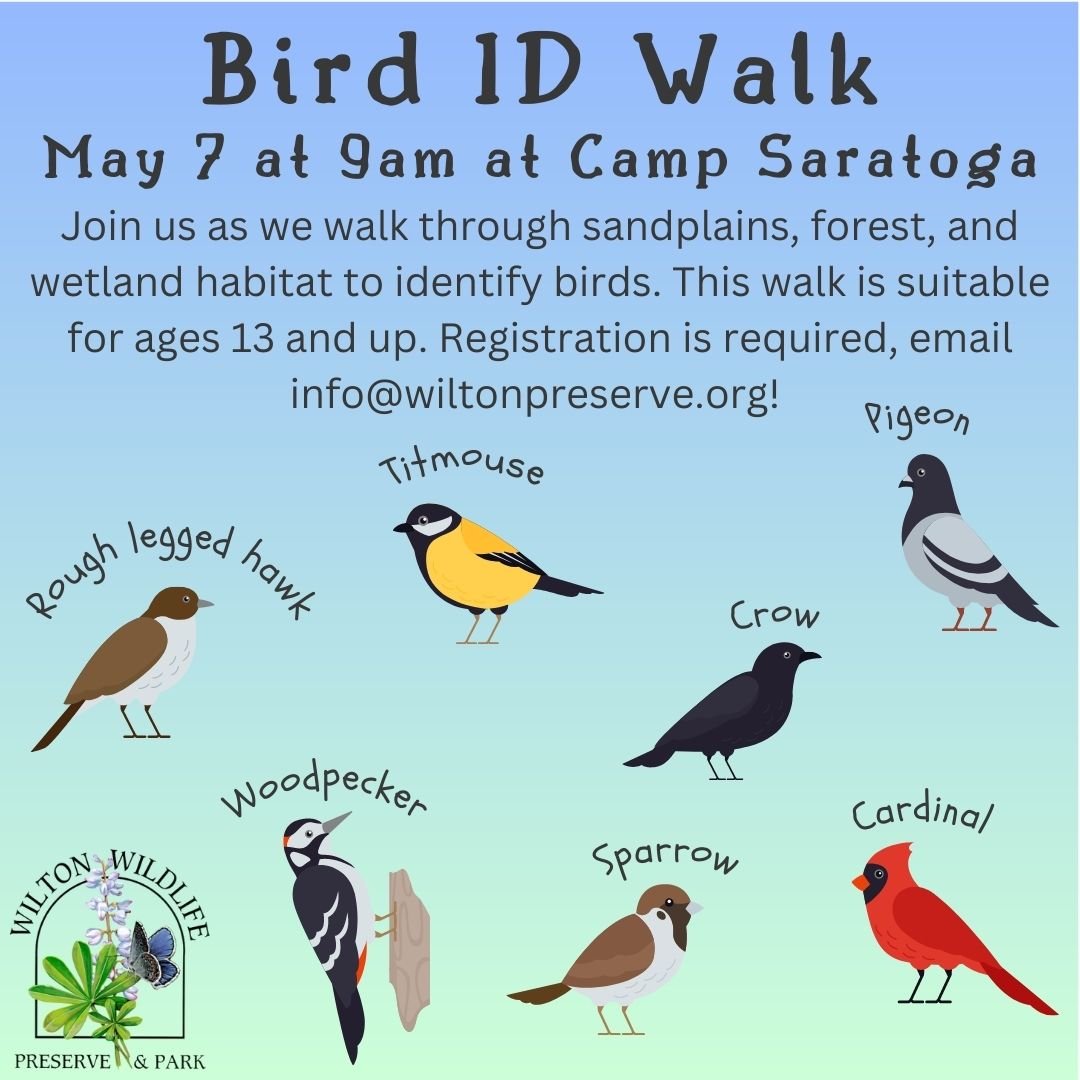Join a Bird Walk and Learn About Birds and Bird Identification! Embark on an exciting adventure as you participate in a free birding tour specifically designed for beginners, guided by a knowledgeable local birder. This leisurely activity, lasting just a half-day or less, immerses participants in the fascinating world of birds and bird identification. Whether you are a nature enthusiast or simply curious about avian creatures, bird walks offer a fantastic opportunity to observe and learn from experienced experts. These extraordinary tours can be found through Audubon Societies, nature centers, bird clubs, and various other organizations. To make the most of your bird walk experience, it is crucial to follow sign-up directions and arrive promptly. Enhance your journey by bringing essential equipment such as binoculars, scopes, water, sunscreen, and a hat, and don’t forget to bring your enthusiasm! Remember, it’s important to dress appropriately for the weather and wear comfortable shoes for hiking. During the bird walk, you can refine your observation skills and get a customized view through your binoculars. As you explore, be mindful of others when using a spotting scope and generously share the view with everyone. To ensure a fruitful bird-watching experience, keep noise levels to a minimum and remain quiet, as excessive noise may scare away the beautiful birds you hope to watch. Stay present and fully engaged with the birds, absorbing all the valuable information shared by the trip leader. If you have any questions related to birds or their behavior, don’t hesitate to ask. Remember, rather than directly pointing at a bird, try to describe its location to others. Lastly, keep pace with the trip leader and, if you wish to engage in photography or other activities, communicate your intentions accordingly. So get ready to spread your wings and join a bird walk to discover the wonders of the feathered world!
How to Find and Join a Bird Walk
A bird walk is a fantastic opportunity for bird enthusiasts of all levels to immerse themselves in the wonders of nature and learn more about birds and their identification. If you’re interested in joining a bird walk, here are some helpful tips to guide you through the process.
Search Online for Bird Walks in Your Area
Thanks to the internet, finding bird walks in your area has never been easier. A simple online search will yield a plethora of results, including local birding organizations, nature centers, and Audubon Societies that offer bird walk programs. Take your time to browse through the options and select one that aligns with your availability and interest.
Contact Local Audubon Societies and Nature Centers
Audubon Societies and nature centers are excellent resources for discovering bird walks in your community. These organizations often host regular bird walks led by experienced local birders who possess a wealth of knowledge and can guide you in identifying different bird species. Reach out to them via phone or email to inquire about their upcoming bird walk schedule and any prerequisites for attendance.
Check Bird Clubs and Other Organizations
Bird clubs and other community organizations are another valuable avenue to explore when searching for bird walks. These clubs often organize birding outings and walks that cater to members and the general public alike. Visit their websites or social media pages to gather information on scheduled events and how to get involved.
Follow Sign-Up Directions and Arrival Time
Once you have identified a bird walk that sparks your interest, it’s important to follow the sign-up directions provided by the organizing entity. They may require pre-registration or specify any necessary waivers or forms to be completed beforehand. Additionally, make note of the designated arrival time as being punctual ensures you won’t miss out on any briefing or introductions before the walk commences.

Preparing for the Bird Walk
Before embarking on your bird walk adventure, it is essential to gather the necessary equipment and prepare for the journey ahead.
Gather the Essential Equipment
There are a few key items you should bring along to enhance your birding experience. Begin with a good pair of binoculars, preferably ones with a magnification of 8x to 10x. Binoculars allow you to observe the intricate details of birds from a distance, making identification easier. Additionally, consider investing in a spotting scope if you want to get an even closer look at your feathered friends.
Water, Sunscreen, and Hat
Staying hydrated while exploring nature is crucial, so be sure to bring a water bottle to quench your thirst during the bird walk. Additionally, apply sunscreen generously and wear a hat to protect yourself from the sun’s harmful rays. Protecting yourself from the elements ensures you can fully enjoy the experience without any discomfort.
Appropriate Clothing and Shoes
Dressing appropriately for the bird walk is essential, especially in terms of both comfort and functionality. Choose clothing made of breathable fabrics that allow for flexibility and movement. It’s also wise to wear layers, as weather conditions can change throughout the day. Don’t forget to wear sturdy, comfortable shoes suitable for walking on various terrains, as bird walks often involve traversing different habitats.

Tips for Bird Identification
Identifying birds can be a challenging task for beginners, but with a little practice and some helpful techniques, you’ll be well on your way to becoming a seasoned birder.
Adjusting Your Binoculars
Before setting off on your bird walk, it’s crucial to adjust your binoculars to fit your eyesight. To do this, follow these simple steps. First, extend each barrel of the binoculars to its full length. Next, hold the binoculars up to your eyes and adjust the distance between the eyepieces until you achieve a single circular field of view. Finally, focus the binoculars by turning the central focus wheel until the image appears clear.
Practicing Spotting Birds
Spotting birds requires a combination of patience and honed observation skills. As you walk, keep your eyes and ears tuned to your surroundings. Look for movements, flashes of color, or distinct bird calls to help locate birds. If you spot a bird, try to follow its movements and take note of any unique field marks such as its size, shape, colors, and distinctive markings. This information will aid in identifying the species later on.
Sharing the Scope View
During a bird walk, the trip leader may have a spotting scope available for participants to use. If this is the case, it’s important to be considerate and share the scope view with other birders in the group. After taking your turn observing through the scope, step back and give others the opportunity to observe as well. Sharing this valuable tool enhances the collective experience and promotes camaraderie among the birding community.
Describing Bird Locations
When communicating with others during the bird walk, it’s best to avoid pointing directly at birds as sudden movements can startle them. Instead, describe the bird’s location using other visual cues such as landmarks or directions. For example, you can say, “There’s a beautiful Northern Cardinal perched on the highest branch of the oak tree to the right of the trail.” This approach allows everyone to locate the bird without disturbing it.
Etiquette During the Bird Walk
To ensure a successful and enjoyable bird walk experience for both you and the birds, it’s important to adhere to proper birding etiquette.
Maintaining Silence and Quietness
To avoid scaring away birds, it’s crucial to maintain silence and quietness during the bird walk. Lower your voice to a hushed tone and minimize unnecessary noise like rustling bags or loud footsteps. This respectful behavior allows everyone to listen to the birds’ calls and songs, enabling a more immersive birding experience.
Staying Focused and Present
Bird walks are a wonderful opportunity to disconnect from the hustle and bustle of everyday life and immerse yourself in nature. To fully appreciate the beauty and diversity of the bird species around you, it’s important to stay focused and present. Avoid distractions like your phone and enjoy the sights and sounds unfolding before your eyes.
Asking Questions to the Trip Leader
The trip leader is there to assist and guide participants throughout the bird walk. If you have any questions about the birds you encounter, their behavior, or any other bird-related topics, don’t hesitate to ask. The trip leader’s experience and expertise can provide valuable insights and enhance your understanding of the avian world.
Avoid Pointing at Birds
Pointing directly at birds can startle them and cause unnecessary disturbance. Instead, try to describe their location as mentioned earlier. By employing this method, you contribute to a calm and peaceful environment that allows birds to go about their natural activities undisturbed.

Interactions with Other Participants
During a bird walk, it’s important to maintain a sense of camaraderie and respect for fellow participants. Here are some tips on how to interact with others effectively.
Following the Trip Leader’s Pace
The trip leader sets the pace for the bird walk, ensuring that everyone can keep up and enjoy the experience to the fullest. It’s important to follow their lead and maintain the prescribed speed and rhythm of the group. This way, everyone can remain together and benefit from the combined knowledge and expertise of the participants and trip leader.
Communicating Special Interests or Activities
If you have a particular interest, such as bird photography or sketching, you can communicate this to the trip leader. They may be able to accommodate your needs or suggest suitable opportunities to pursue your hobby during the bird walk. Effective communication ensures that everyone’s interests and activities are taken into account, fostering a more inclusive and engaging experience for all.
By following these guidelines and respecting the birds and fellow participants, you’ll be well on your way to enjoying a fulfilling and enriching bird walk experience. Remember to have fun, cherish the tranquility of nature, and revel in the joy of birdwatching. Happy birding!


Leave a Reply